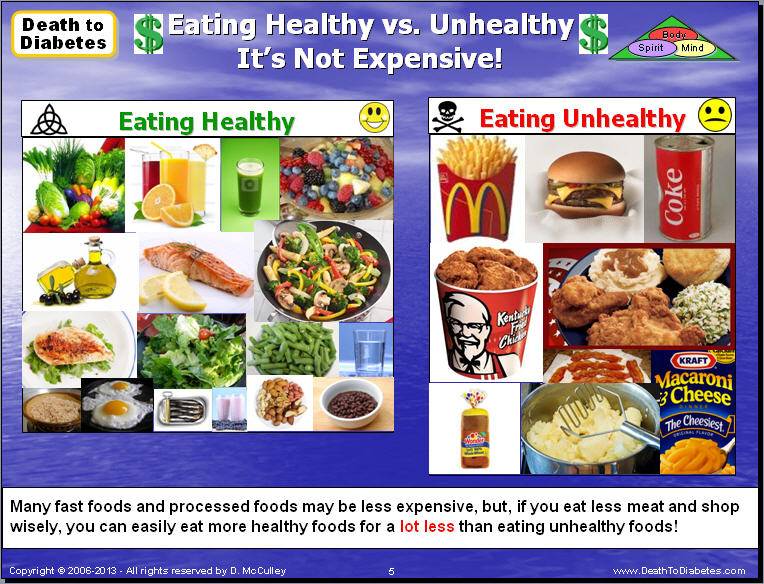Healthy and unhealthy boundaries
A Guide for Building and Keeping
Jump to section
What does it mean to have healthy boundaries in relationships?
Why are relationship boundaries important?
What are the 5 types of boundaries?
What are examples of boundaries in relationships?
What are some examples of healthy boundaries?
What is the difference between healthy and unhealthy boundaries?
What are 4 ways to set healthy boundaries in a relationship?
Moving forward
Boundaries in relationships are important, at home and at work.
Without boundaries, you can lose your work-life balance. Maybe your boss constantly asks you to work long hours or your family members interrupt you during important meetings. Either way, the rise of remote work has made it more important than ever to establish relationship boundaries.
Physical boundaries tell you where you can and cannot go. On a road, they tell you where you can and cannot drive. They don’t come as yellow warning signs, but relationship boundaries are just as important as the ones that save you from driving where you shouldn't.
A boundary is a clear line. It can tell you where to stop. It can define where one thing ends and another begins. In any relationship, boundaries define where things like our personhood, our identity, our responsibility, and our control begin and end relative to the other person.
However, seeing, understanding, and establishing boundaries isn't always easy. Your boundaries for your family members could be different from those for your friends, for example.
Just as there are different kinds of relationships, there are many types of boundaries. Let's start by learning what it looks like to have healthy boundaries in relationships.
What does it mean to have healthy boundaries in relationships?
Healthy boundaries in relationships create mutual respect between individuals. Setting boundaries helps us know what's expected in the relationship. Plus, boundaries show us how we can respect each other’s personal space, comfort level, and limits.
Boundaries can look different in every relationship. We have unique relationships with our friends, coworkers, family, and romantic partners. For example, you may share financial accounts with your romantic partner, but not your parents.
We have unique relationships with our friends, coworkers, family, and romantic partners. For example, you may share financial accounts with your romantic partner, but not your parents.
Similarly, maybe you express lots of emotions with your family members, but not your coworkers. It’s probably not appropriate to complain to your officemate about your relationship problems. However, it’s perfectly fine to vent about your intramural soccer team’s loss.
Whatever the relationship, we need to respect existing boundaries and give each other space to set new limits. In healthy relationships, both people have healthy self-esteem and are able to both be vulnerable and assert their boundaries. They feel free to think, feel, and act independently.
Remember, the boundary is always set at the level of the least comfortable person. In a work or group setting, that person might not speak up. That’s why we tend to have some social norms around default boundaries in environments like the office.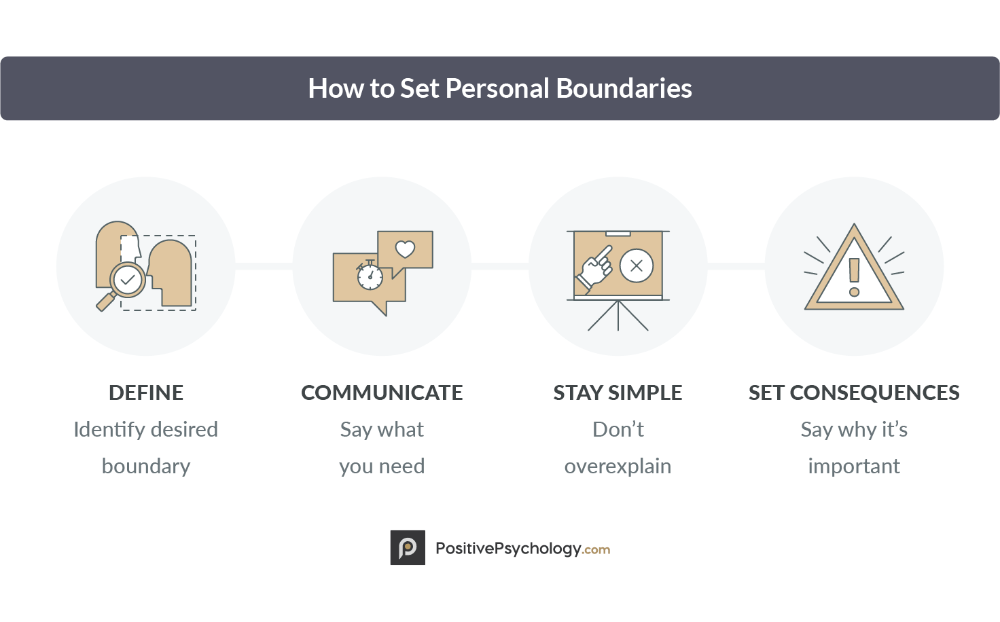
Ultimately, everyone wants to feel like their well-being is valued and cared for. Boundaries in relationships can help you get there, by allowing you to communicate your needs and limits.
Why are relationship boundaries important?
Boundaries are a form of self-care. They’re a way of taking care of your mental health and ensuring that your well-being is respected.
For example, knowing your partner's boundaries helps you know them as a whole person. This is because respecting their limits can help them feel more safe to open up to you. From there, true connection and intimacy can bloom.
Relationship boundaries with your coworkers can be even more important. Unprofessional behavior can impact your career trajectory. However, many people fail at proper boundaries — a survey by Udemy showed that 37% of office workers believe their coworkers are too informal on workplace chat platforms, for example.
Without boundary setting, relationship and career growth can be tough.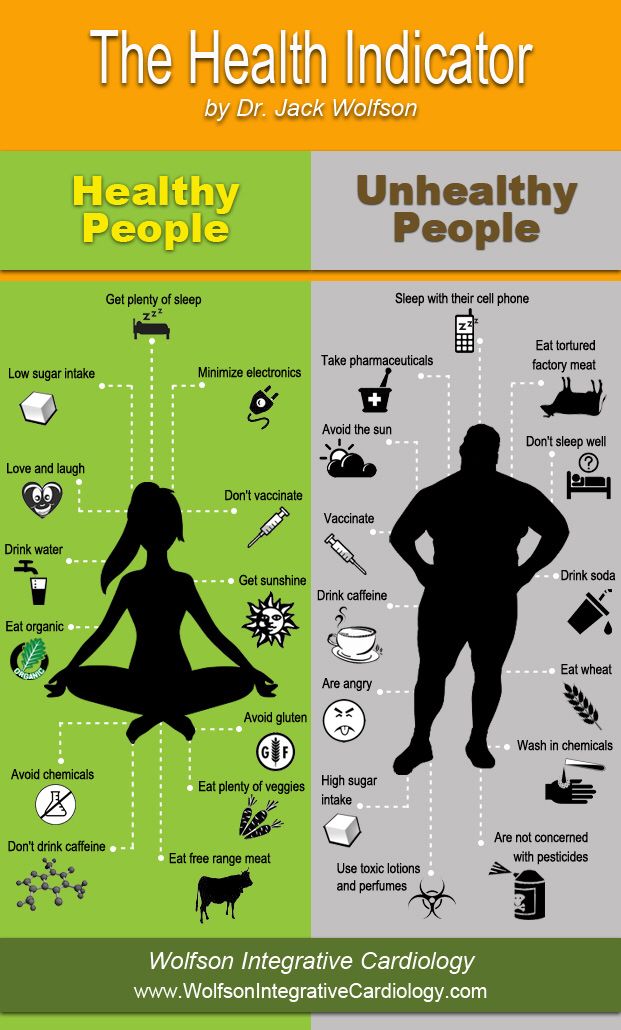 Speaking up for yourself — and giving others the opportunity to do the same — will pave the way for better mental health for everyone.
Speaking up for yourself — and giving others the opportunity to do the same — will pave the way for better mental health for everyone.
That said, learning how to have boundaries in relationships might be new for you. If you feel like you need extra support, consider trying BetterUp. BetterUp can provide the guidance you need to implement habits that prioritize your well-being.
What are the 5 types of boundaries?
Within your relationships, you need more than one or two boundaries. No single boundary can encompass all your needs. As you begin prioritizing your comfort and ability to function as an independent human, think about the 5 kinds of relationship boundaries below.
1. Emotional boundaries
Emotional boundaries have to do with being clear on what is and isn't yours to feel or fix. Your emotions and emotional well-being are within your control regardless of what is happening for the other person. These boundaries help us show empathy without absorbing the other person’s feelings.
At work, emotional boundaries can be played out when you listen to a peer's difficulties with their manager. An emotional boundary looks like not being obliged to also be mad at the manager or drawn into the other person’s frustration.
As a parent, emotional boundaries can mean not letting your own mood be contingent on the mood of your teenager. Even though you want them to be happy, you can separate yourself and have your own feelings. Another emotional boundary can be not getting upset when your partner doesn't follow you into a spiral of despair when watching the news.
Ultimately, emotional boundaries in relationships are about maintaining our individuality. We all have our own thoughts and feelings, and can care about each other without losing our sense of self.
2. Intellectual boundaries
Everyone has different beliefs, ideas, and values. Intellectual boundaries help us respect one another's different viewpoints. This is important so that you don’t expect people in your relationships to share all of your opinions or adopt all of your views. Even if you disagree with your coworkers or loved ones, you still need to be able to share your opinions and feelings.
Even if you disagree with your coworkers or loved ones, you still need to be able to share your opinions and feelings.
This isn’t so much worrying about whether your opposing view hurts another person’s feelings. It’s more about respecting their right to hold their own opinions, whether about politics or a marketing strategy.
Intellectual boundaries can also help you feel more secure in holding your own opinions. Instead of trying to be liked by everyone by agreeing with them, you can remain true to yourself.
You may need intellectual boundaries if your differences lead to arguments and insults. Do you feel personally attacked or offended when the other person disagrees with you? Does the other party? Is it about any difference or just certain topics?
Reconsider why you or the other person feels so threatened. From there, establish intellectual boundaries that allow you both to feel your viewpoints are valued.
3.Physical boundaries
Physical boundaries are an important type of relationship boundary. We all have different levels of comfort when it comes to physical touch — some people may be comfortable with hugs in the workplace, for example. Others may not appreciate physical touch in this context.
We all have different levels of comfort when it comes to physical touch — some people may be comfortable with hugs in the workplace, for example. Others may not appreciate physical touch in this context.
Speaking up about your physical boundaries at work or with your friends is important. Even if others can’t understand your boundaries, you have a right to do what makes you comfortable. Make sure you give your friends and coworkers space to voice their personal limits, too.
4. Financial boundaries
Conversations about money can be tough, but we all know they’re needed. You probably already talk about money with your partner — maybe you have joint accounts or are saving for a vacation. However, money is also a factor in other relationships.
If your friends constantly choose expensive restaurants, for example, you may need to set a boundary about what you’re willing to spend. The same goes for coworkers who ask you to join them for lunch or happy hours. Consider what your financial goals are, and be ready to share your relationship boundaries for this area.
Consider what your financial goals are, and be ready to share your relationship boundaries for this area.
5. Sexual boundaries
When it comes to physical intimacy, sexual boundaries shouldn’t be ignored. Discussing what's off-limits and what kind of contact you prefer is needed to develop a trusting relationship. Setting sexual boundaries also includes prioritizing consent.
What are examples of boundaries in relationships?
We can set all sorts of boundaries in our relationships. The bottom line is that our boundary setting should make us feel respected in our relationships.
Here are five examples of healthy relationship boundaries:
- Expecting others to communicate during disagreements with maturity
- Letting go of codependency and having your own identity
- Asking for personal space and quiet when you're working
- Voicing your concerns rather than holding onto resentment
- Leaving the situation when someone is communicating disrespectfully with you
What are some examples of healthy boundaries?
Our personal boundaries should always be heard and never excluded from any relationship. To give you an idea of what personal boundaries can look like, here are five examples:
To give you an idea of what personal boundaries can look like, here are five examples:
- Ownership and agency over your financial assets
- The ability to stay true to your sense of self, spiritual beliefs, and passions
- Ability to prioritize personal time for self-care
- The right to change your mind and preferences
- Alone time with no distractions or interruptions
What is the difference between healthy and unhealthy boundaries?
Ready to start setting relationship boundaries? First, take a moment to understand the difference between healthy and unhealthy boundaries.
We know that healthy boundaries are supposed to develop mutual respect and create a sense of comfort and safety. Unhealthy boundaries do the opposite — they are often actually a lack of boundaries.
These boundaries aim to control the other person and manipulate them into doing things they don't want to do. In fact, unhealthy boundaries are a common tactic of toxic people.
In fact, unhealthy boundaries are a common tactic of toxic people.
If you have a friend that gets overly angry when you are too busy to spend time with them, they may be trying to control you. That's a red flag, and suggests that they aren’t truly a friend.
You may also have seen unhealthy boundaries in toxic workplaces. Have you ever had a manager require constant overtime, even when a project wasn’t that urgent? Or maybe you have a coworker that doesn’t respect your time off, and messages you at all hours of the day.
Regardless of the situation, these unhealthy relationship boundaries demand too much. Someone with unhealthy boundaries doesn't question how the other person feels. Their goal is to control.
The good news is you can learn how to spot unhealthy boundaries and leave toxic relationships before they take over your life. Whether at work or at home, you deserve to feel empowered to perform and feel your best.
What are 4 ways to set healthy boundaries in a relationship?
Everyone has their own way of setting boundaries. While it may take some trial and error to find your personal way of speaking up, the important thing is to keep trying.
While it may take some trial and error to find your personal way of speaking up, the important thing is to keep trying.
If you're unsure how to create healthy boundaries in your relationships, here are four ways you can start today:
- Take the initiative and begin establishing your standards early in a new relationship. If you’re at a new job, make it clear that you plan to log off at a certain time. If it’s with a new friend, share what kind of emotional support you need from the beginning.
- Learn from mistakes you and the other person have made and take it as an opportunity to set a new boundary. If you have a fight or a misunderstanding with a friend, it’s a perfect time to be vulnerable and share your needs. You can always start fresh whether your relationship is 1 week or 10 years old.
- Strengthen your communication skills and articulate your feelings clearly. Get used to saying “no” and practice often.

- Take a moment to think about your boundaries. Try writing out the specifics in a journal. Also consider your “why” — what need are you trying to meet with your relationship boundary? This will help you stay strong if others resist your boundaries.
Moving forward
Boundaries are a pillar of success in any relationship. It sets the groundwork for happy relationships filled with love, trust, and respect. We all deserve to feel that way, and we shouldn't accept unhealthy boundaries no matter how much we care about the person.
We also can't expect to execute our boundaries flawlessly as soon as we establish them. They take time and commitment to develop. We need to practice saying “no” and communicating clearly. The feeling of relief that comes from setting healthy boundaries in relationships will make the effort more than worth it.
Along the way, you might need some help with establishing your boundaries. A platform like BetterUp can help you develop the communication skills you need to articulate your boundaries that will benefit your well-being and your future relationships.
Healthy vs. Unhealthy Boundaries
By Eleanor Beeslaar
What exactly do healthy boundaries look like?
Healthy boundaries are a key element in your physical, mental, and emotional health. They look different for each person and relationship, and they may change over time. Healthy boundaries are also bidirectional; they involve communicating your wants and needs in a relationship, while also respecting the wants and needs of the other person in the relationship.
Boundaries can be both physical and emotional. Physical boundaries involve what you are comfortable with regarding personal space, touch, privacy, and sexual contact. Emotional boundaries, on the other hand, encompass the line between your feelings and the feelings of others. This looks like taking responsibility for your own feelings and recognizing that you cannot control what others feel. It also involves being aware of what you do/do not feel comfortable sharing with others and honoring those limits.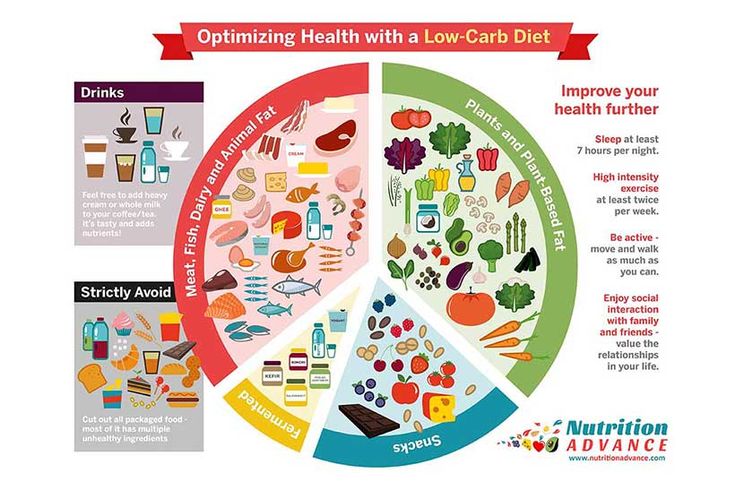
Here are just a few examples of what healthy boundaries might look like:
- Valuing your personal boundaries and not compromising them for someone else.
- Saying “no” and accepting when others say “no.”
- Knowing who you are and what you want, and communicating that to others.
- Engaging in appropriate sharing.
- Not letting others define you or your sense of self-worth.
- Knowing that your needs and feelings are just as important as the needs and feelings of others.
- Knowing that you have the right to your emotions and feelings.
- Respecting others’ values, beliefs, and opinions, while knowing that you do not have to compromise your own values, beliefs, and opinions.
Regardless of what type of boundaries you are talking about, it’s important to keep in mind that healthy boundaries are all about you and the other person in the relationship’s wants, needs, and limits being honored and respected. It’s also important to remember that healthy boundaries take effort and intentionality to implement and maintain.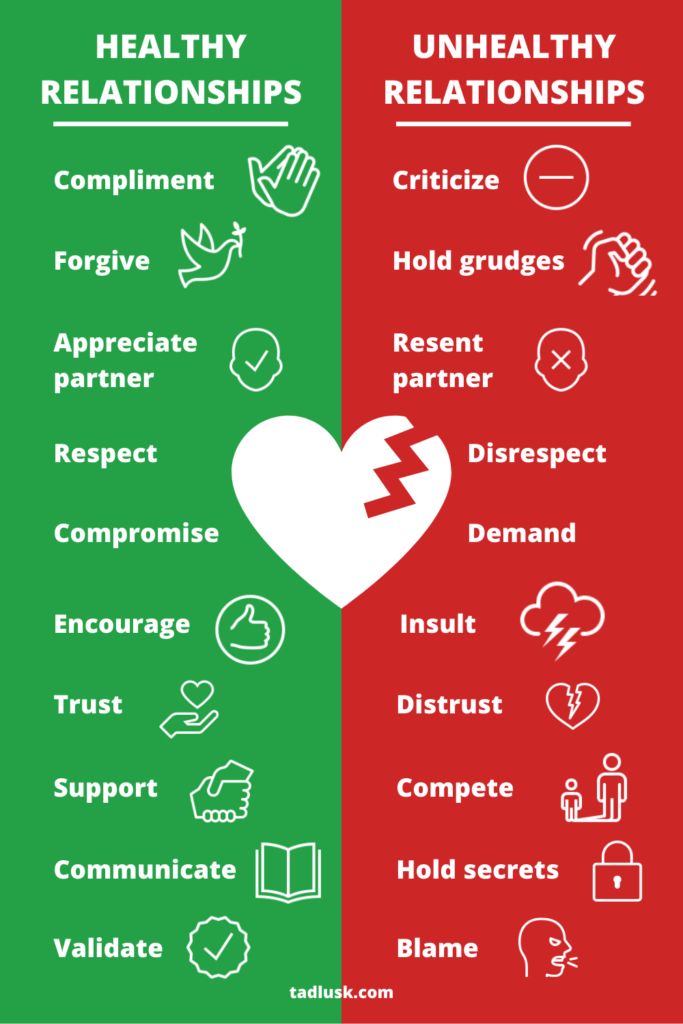 Healthy boundaries can also help prevent relationship abuse by helping individuals understand the difference between what is acceptable vs. unacceptable behavior in different types of relationships.
Healthy boundaries can also help prevent relationship abuse by helping individuals understand the difference between what is acceptable vs. unacceptable behavior in different types of relationships.
What do unhealthy boundaries look like?
Now that we have a better understanding of what healthy boundaries look like, let’s talk about unhealthy boundaries. Unhealthy boundaries involve a disregard for your own and others’ values, wants, needs, and limits. They can also lead to potentially abusive dating/romantic relationships and increase the chances of other types of abusive relationships as well.
Here are some examples of what unhealthy boundaries may look like:
- Disrespecting the values, beliefs, and opinions of others when you do not agree with them.
- Not saying “no” or not accepting when others say “no.”
- Feeling like you are responsible for other people’s feelings and/or happiness.
- Feeling like you are responsible for “fixing” or “saving” others.

- Touching people without their permission.
- Engaging in sexual activity without clear consent from the other person.
We hope that today’s blog has helped you gain a better understanding of what healthy vs. unhealthy boundaries look like. We encourage you to keep this information in mind as you set boundaries in your relationships!
We will also be sharing more about how to set healthy boundaries in your relationships in tomorrow’s blog, so be sure to stay tuned!
Tagged on: boundaries
how to build personal boundaries correctly
2020-2021, according to psychologists, are the years of personal boundaries. The pandemic and lockdowns around the world have forced people to take a fresh look at their comfort zone and personal space. Many of the tips about ignoring irritants or avoiding conflict are no longer relevant. We figure out what needs to be done now in order to properly build personal boundaries.
What are personal boundaries?
Personal boundaries are those limits within which comfortable communication lies. Inside them are your values and personality, and on the other side is the outside world, as well as other people with their own boundaries. By building his boundaries, a person literally gives permission to the world around him to influence him.
Inside them are your values and personality, and on the other side is the outside world, as well as other people with their own boundaries. By building his boundaries, a person literally gives permission to the world around him to influence him.
It is important to understand that by building and strengthening your personal boundaries, you are not creating a blank wall, but a safe space for healthy communication with your family, friends and colleagues
You are building and protecting your comfort zone all your life, from the earliest childhood. Its formation is influenced primarily by your environment: family, friends and even the mentality of our country. Thanks to them, your personal boundaries can be as thick as the Great Wall of China, or as thin as a soap bubble.
How do you know that you are doing well with personal boundaries?
You confidently answer "no" when something does not suit you: when they offer you to work overtime, to go on your day off to weed in someone else's country house, when friends drag you almost with threats to watch a comedy that does not cause you any positive feelings. If you answer “no” and do not feel guilty, then you most likely have a clear understanding of where your personal boundaries lie and under what circumstances they are violated. If you can verbally explain to the interlocutor what does not suit you, while not getting personal and not using insults, you can consider yourself the owner of a black belt in the protection of personal boundaries.
If you answer “no” and do not feel guilty, then you most likely have a clear understanding of where your personal boundaries lie and under what circumstances they are violated. If you can verbally explain to the interlocutor what does not suit you, while not getting personal and not using insults, you can consider yourself the owner of a black belt in the protection of personal boundaries.
Two extremes lie on either side of this skill level:
-
In one case, a person never refuses for a variety of reasons.
-
In another, he always refuses, even contrary to logic and his own interests, completely isolates himself and his personal space from those around him.
Where are your personal boundaries?
In his book “Personal Boundaries. How to set and defend them” Jenny Miller and Victoria Lambert draw attention to how, with the growth of the use of modern technology, people's personal boundaries have become more fragile.
“With round-the-clock Internet, we are always in touch.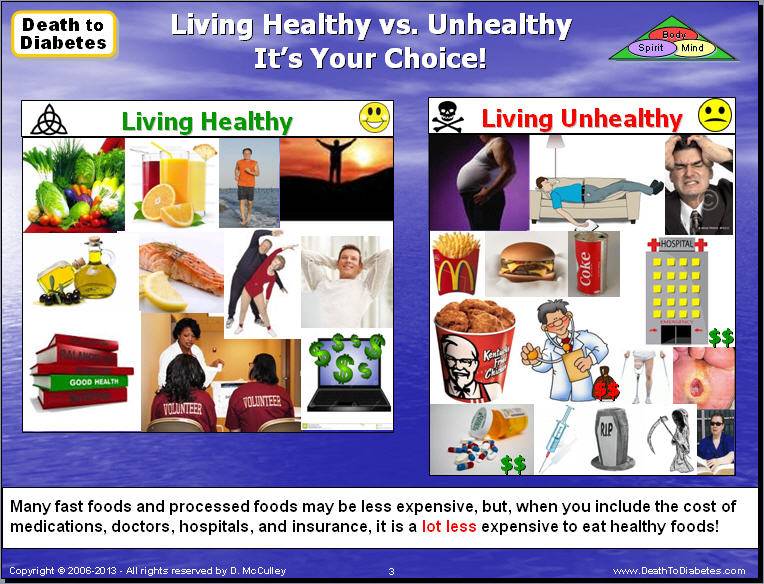 It is impossible to forget about everything, we are constantly subjected to external pressure and interference (and partly encourage it ourselves). This speaks of unhealthy boundaries and the inability to protect yourself from harm. In addition, we used to communicate in person, face to face, but now there is a risk of misinterpreting a situation, mood or statement” , the authors write in the preface of their book.
It is impossible to forget about everything, we are constantly subjected to external pressure and interference (and partly encourage it ourselves). This speaks of unhealthy boundaries and the inability to protect yourself from harm. In addition, we used to communicate in person, face to face, but now there is a risk of misinterpreting a situation, mood or statement” , the authors write in the preface of their book.
People's personal boundaries have become wider, they extend beyond the boundaries of real physical bodies or norms of offline communication. Now they are also in the digital space, where it is even more difficult to track them and mark them with checkpoints. And yet personal boundaries, with all their diversity of qualities, have a special feature - variability, and with the help of certain efforts they can be strengthened, expanded or removed those parts that cause discomfort.
How to properly define your personal boundaries?
One word "no" is not enough for this.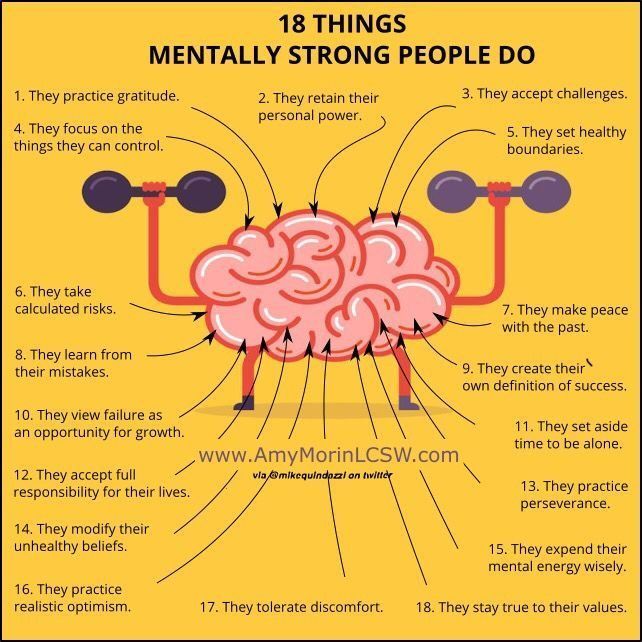 “In order for the borders to remain in good condition, they, like the skin, need care. The more confident you make decisions, the more you take care of yourself, the healthier the boundaries will be,” say Victoria Lambert and Jenny Miller.
“In order for the borders to remain in good condition, they, like the skin, need care. The more confident you make decisions, the more you take care of yourself, the healthier the boundaries will be,” say Victoria Lambert and Jenny Miller.
"Frontier" areas are the most common situations that first help you build your personal boundaries, and then can begin to test their strength.
Family
It is especially difficult to build boundaries with parents and siblings. These people have known you since childhood, they saw you in the days of the very first victories, and in tears from the first defeats, and in a bunny costume at a children's matinee. In addition to warm memories, relatives often also have leverage that they can try to use when they want to give or receive help. It is difficult to refuse in such a situation, so many choose the path of tacit consent.
Exit: Openly and respectfully acknowledge the requests of your loved ones, but do not be afraid to refuse them - you will not renounce your relationship in this way.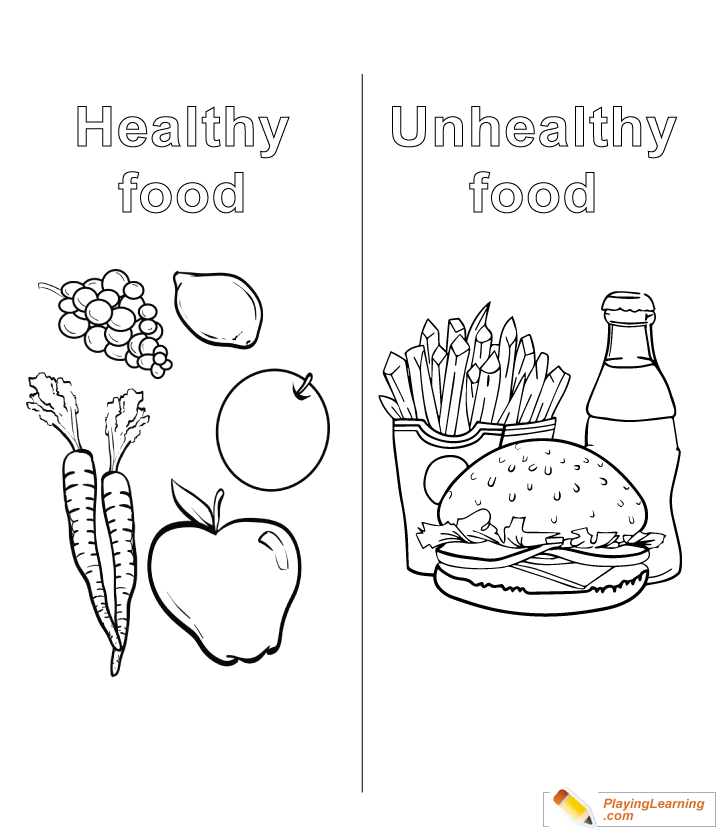 Chances are, your family has experienced much more dramatic moments than your refusal to come on the weekend after a hard week at work.
Chances are, your family has experienced much more dramatic moments than your refusal to come on the weekend after a hard week at work.
Friends and partners
Another category of people whose favor we are afraid to lose because of an unsuccessful refusal, excessively harsh phrases, or because we appear in front of them in a bad mood.
Exit: Remember that we are all living people who have bad days when trains are late or a dog eats a passport, and even the most hilarious movie cannot cheer you up. In a situation where you feel pressure, you should calmly say so without coming up with additional reasons to be alone.
Work
Fear of being fired or losing income often motivates people to work even in their free time. Violation of personal boundaries at work includes overwork, the performance of other people's duties, as well as communication on official topics outside the working day.
Exit: Even if you have excellent relationships at work, with your team or partners, remind yourself and those around you that you are a living person with a need for work-life balance and that you can take care of work tasks during the time allotted for this.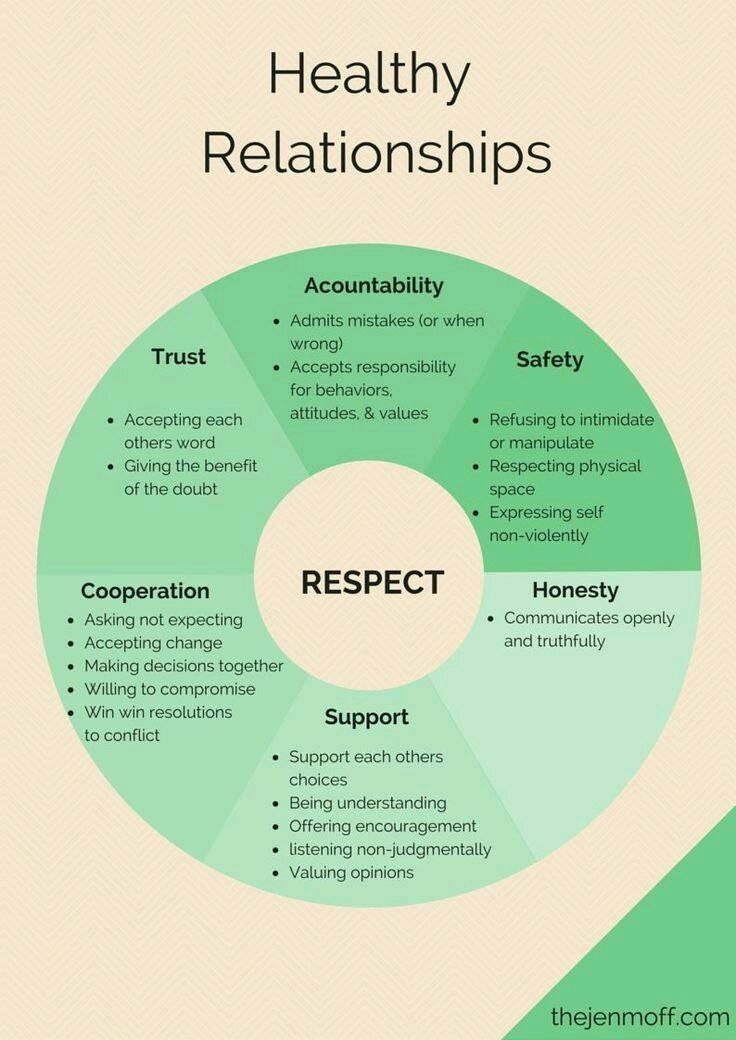
Internet
A limitless space in which each user has his own opinion and actively shares it, often condemning other people's views. Anything can cause discomfort and a feeling of violation of your personal boundaries: an unpleasant discussion in the comments or offensive material caught in the news feed.
Exit: Many social networks offer the option to hide posts if the content offends you. In this way, you protect your personal boundaries and at the same time do not violate others.
The key to maintaining your personal boundaries is caring and caring for yourself, which gives you a sense of your comfort zone. To ensure that your boundaries can always perform their protective function, you will need a few rituals that Jenny Miller and Victoria Lambert recommend in their book.
-
Establish healthy sleep and eating habits, get rid of bad habits. Thus, the body will be able to function in a comfortable mode and you will better understand the nature of stress.

-
Stay healthy with regular exercise. This will not only allow you to improve your well-being, but also increase your endurance, including resistance to stress.
-
Designate the time at which you are available to communicate with colleagues, check work chats and mail during predetermined periods.
-
Don't sacrifice rest.
-
Minimize or eliminate contact with people who take your energy.
-
Don't be afraid to say no if you can't or don't want to comply with a request.
-
Regularly spend time alone in silence.
-
Make time for your favorite activities.
Alexandra Ivanitskaya
Tags
#personal effectiveness
#erudition
10 signs that it's time to strengthen personal boundaries
November 5, 2021 Life
If you're feeling irritated, offended, or frustrated more often, you may need to better protect your own space.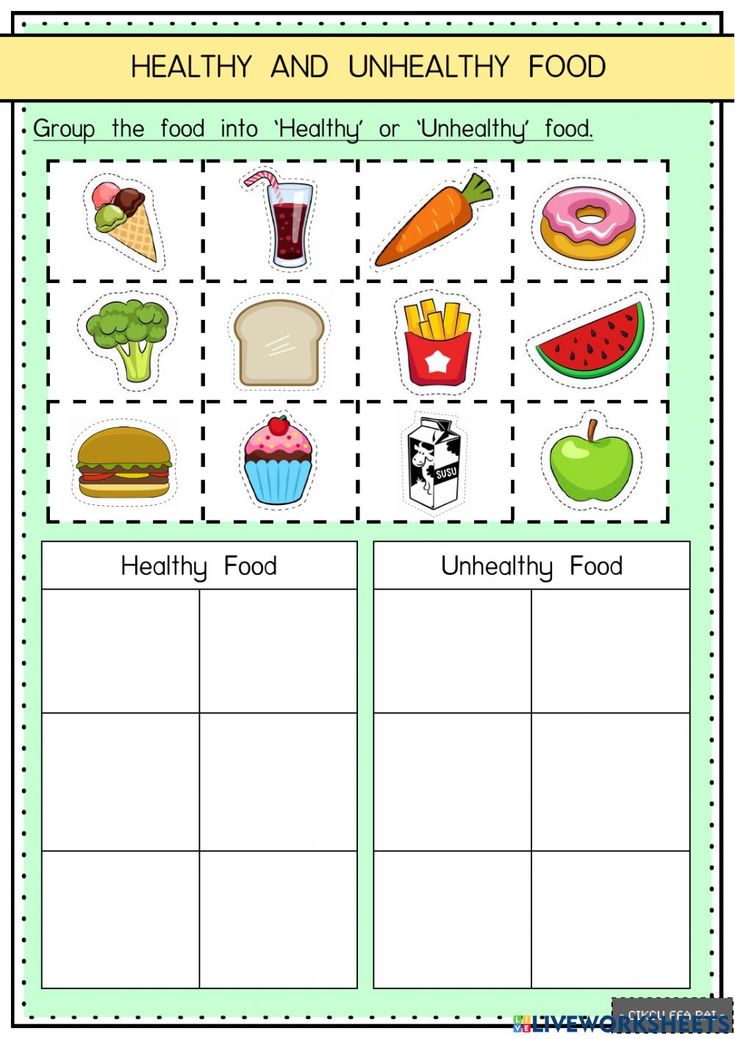
Annie Wright
Psychotherapist, specialist in trauma therapy.
Fence separating one area from another, "No Entry" sign, shop opening hours. Such examples of spatial and temporal boundaries are clear to everyone, we accept and observe them. But when it comes to personal boundaries, things are far from being so obvious.
Try to imagine them as an invisible fence that protects you from various encroachments. If personal boundaries are there and they are strong, this has a positive effect on energy levels, self-esteem and relationships with others. If there are no boundaries or you don’t know how to defend them, this negatively affects the quality of life.
Here are ten signs that let you know that there are gaps in your boundaries and should be a wake-up call for you.
1. You feel annoyed
In this case, annoyance is a signal that tells you that you feel that you have been offended or treated unfairly. For example, they persuaded you to take on more responsibilities than you wanted. By agreeing, you have overstepped your bounds. After that, you will be annoyed that you were asked at all and that now you have to spend a lot of time and effort.
By agreeing, you have overstepped your bounds. After that, you will be annoyed that you were asked at all and that now you have to spend a lot of time and effort.
Take note 🙊
- 7 things your significant other should never ask for
2. You think about what you have agreed to with fear
Fear may suggest that you have taken on something unpleasant for you, thereby violating your boundaries. Meeting relatives you don't get along with, having to go to a party when you're tired—any event on your calendar or item on your to-do list that leaves you in awe should be judged against personal boundaries.
3. You are exhausted
The most obvious thing is that you work too much and do not allow yourself to rest. But exhaustion can also be caused by relationships with others. If after talking with someone you feel like a squeezed lemon, doubt yourself or criticize yourself, most likely he violated your boundaries. Think about exactly how this happened and how you can protect yourself in the future.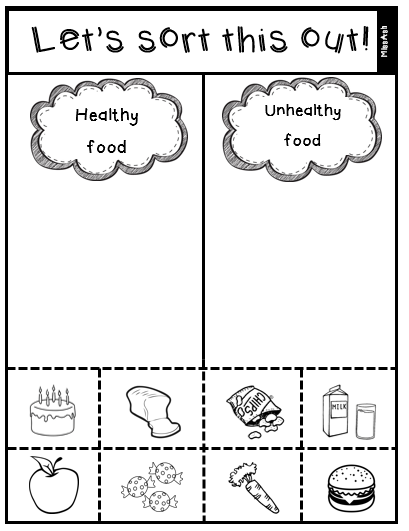
4. You can't refuse
This is a sure sign that it's time to strengthen personal boundaries. Think about why it is so difficult for you to say no, why you are afraid to let someone down. And remind yourself that your own peace of mind is more important than trying to please others.
Practice 🙅♂️🙅♀️
- 8 commandments for those who want to learn how to say “no”
not satisfied or your boundaries have been violated somewhere. Don't ignore these feelings or beat yourself up for having them. Take them as hints and try to understand what exactly they are caused by.
6. You feel like a victim
This may manifest itself in your refusing or not asking for help when you would really like it. Or you constantly feel like you are doing everything while others are just relaxing. Thinking about yourself as a victim is a clear sign of problems with personal boundaries.
7. In a relationship you only give, but don't get anything in return
You seem to attract "friends" who ask a lot of you, but don't give anything themselves, and disappear in difficult times.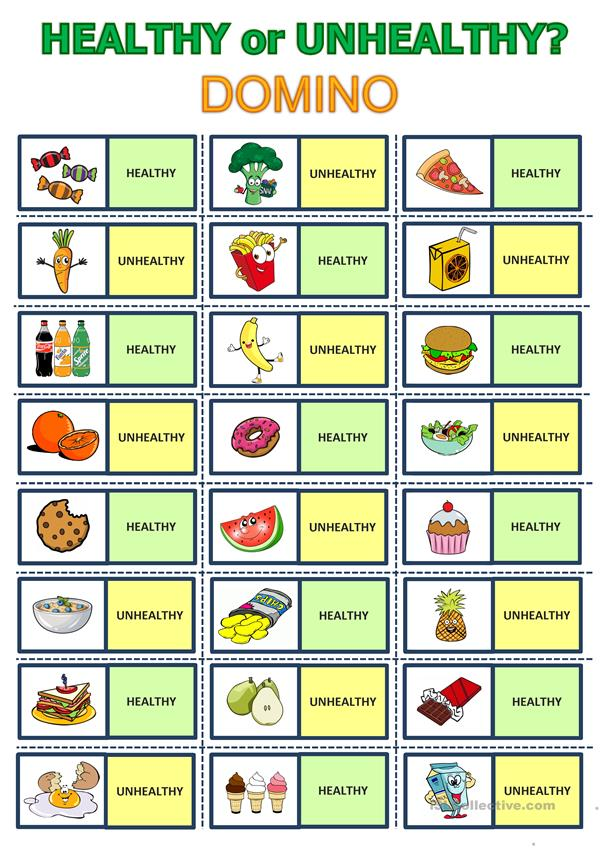 If this pattern is seen in all your relationships, then you definitely need to work on personal boundaries.
If this pattern is seen in all your relationships, then you definitely need to work on personal boundaries.
Reading now 🔥
- How to talk about personal boundaries in sex and why it's important
8. You feel like you're being used
For example, they abuse your kindness and take advantage of your time, energy, skills, resources. In short, they sit on your head, and you can't do anything about it. This is similar to living in a victim position and clearly speaks of problems with boundaries.
9. You are close to burnout
Feeling overwhelmed, exhausted and not caring about anything is the result of repeatedly breaking personal boundaries. Perhaps you step over them yourself or others do it. In order to avoid complete burnout, think about exactly which boundaries have been damaged: physical, mental or emotional - and how to restore them.
10. You adapt to others
In a relationship you lose yourself, become what others need.